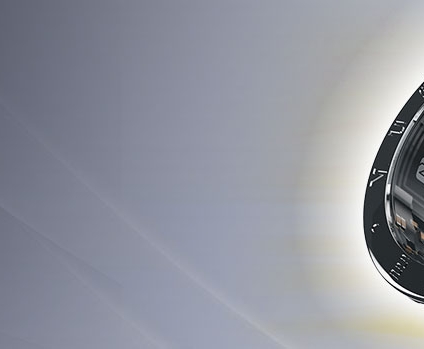
December 14, 2023
Health trackers, or “wearables,” have taken the fitness industry by storm over the past decade. The global wearables market in 2022 was valued at $138 billion, according to data from Precedence Research, and is expected to approach $500 billion by 2032. Adopted by professional athletes, hardcore gym enthusiasts and casual joggers alike, these devices monitor a range of physical vital signs to help ensure a healthy, effective workout routine.
An Indian start-up, Muse Wearables, burst on the fitness scene recently with a product that re-imagines the wearables form factor in the shape of a ring. The adornment, known as Ring One, is more than a fashion statement. It’s a clinical-grade tracker that monitors heart rate, heart-rate variability, blood pressure, respiratory rates, body temperature and blood-oxygen levels. And if that’s not enough, a simple switch of operating mode turns Ring One into an NFC-enabled electronic payment device.
The Early Days
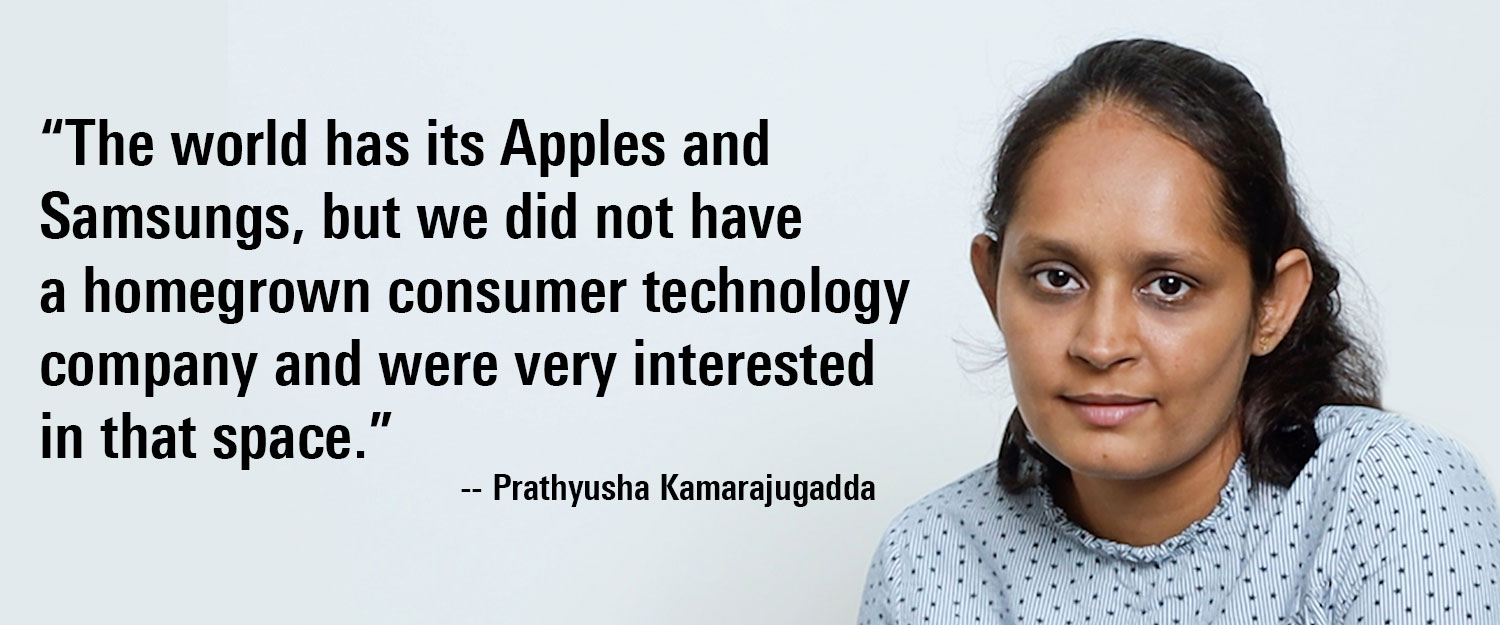
Muse Wearables launched operations in 2017 as part of an Indian Institute of Technology Madras Incubation Cell program in Chennai, India. Founders Prathyusha Kamarajugadda, KLN Sai Prasanth and Yathindra Ajay KA had a shared interest in becoming a breakthrough Indian consumer electronics player.
“In India there is no proper, homerun technology company,” said Prathyusha. “The world has its Apples and Samsungs, but we did not have a homegrown consumer technology company and were very interested in that space.”
Leaning into the crowdfunding site, Indiegogo, Muse Wearables released its first product in 2019 – the Muse Hybrid Smart Watch with Bluetooth and activity tracking. Things intensified in 2020 during the COVID-19 outbreak when Muse added blood-oxygen monitoring technology. That proved to be a game-changer for the healthcare industry in India, which scooped up the watches to provide clinical-grade data that indicates precisely when a patient’s blood-oxygen level drops low enough to require a respirator.
“We were already selling to consumers, and we got a request to deploy our product in hospitals for remote patient monitoring,” Prathyusha said. “That's when we shifted our focus more into the health space where our tracker was used on patients and allowed us to provide timely alerts to the nursing stations. It was a great learning experience for us when we realized that our technology could be used to save lives.”
Lessons Learned
Widespread adoption of the Muse Wearables smart watch allowed the company to collect millions of anonymous data points and refine the accuracy of its health tracker algorithms. The experience also revealed that watches are not necessarily the most ergonomically practical configuration for patient vital-sign monitoring as they tend to rotate around the wrist, especially when patients are asleep.
“That's when we realized that a finger is a better place to get a good signal and more accurate data,” Prathyusha said. “We researched this extensively, and now, with Ring One, we have what we believe is close to the perfect health companion.”
A Day in the Life of Ring One
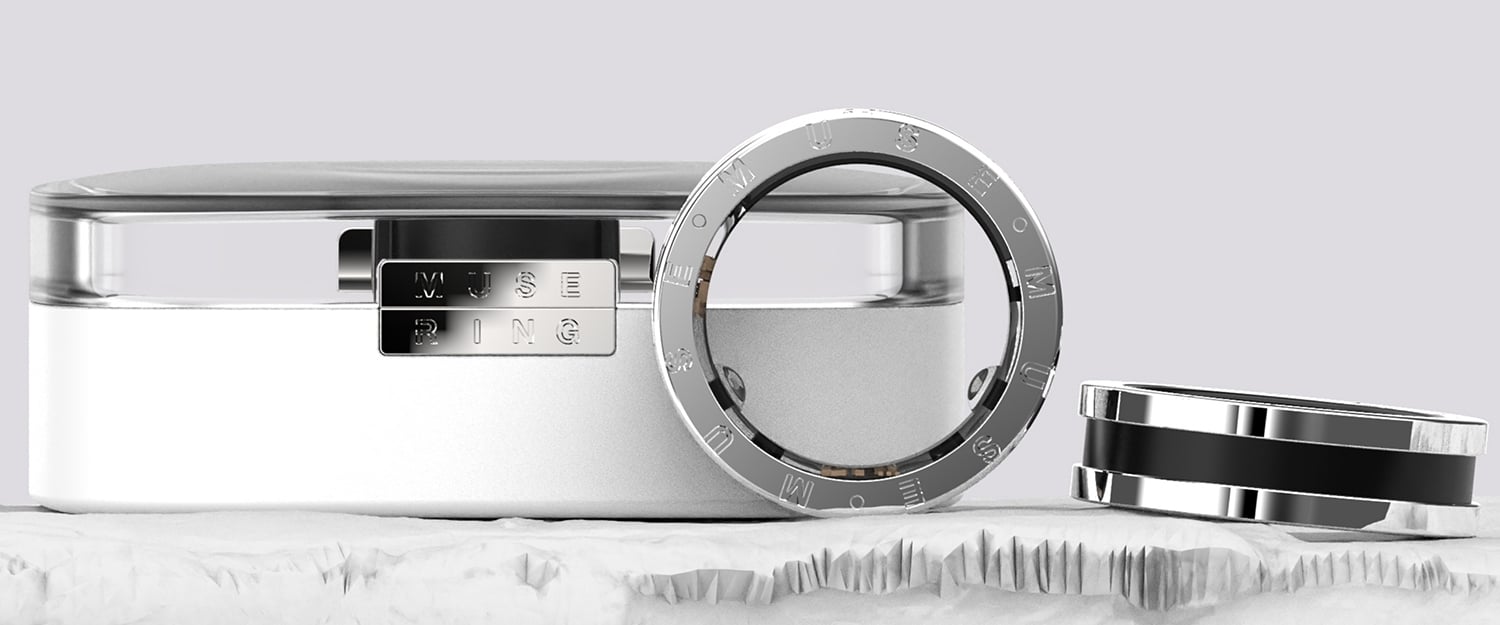
Outside of a hospital setting, for example, a typical user experience might begin with a sleep quality score each morning based on overnight vital sign analysis, including important REM sleep periods. According to the company, that data helps the user understand how prepared they are for the day.
“If your sleep score is low, the insight that you get in the app is very personalized to what might be causing that problem and provides suggestions for how to improve sleep quality,” said Dhoorjati Varma, the company’s product manager.
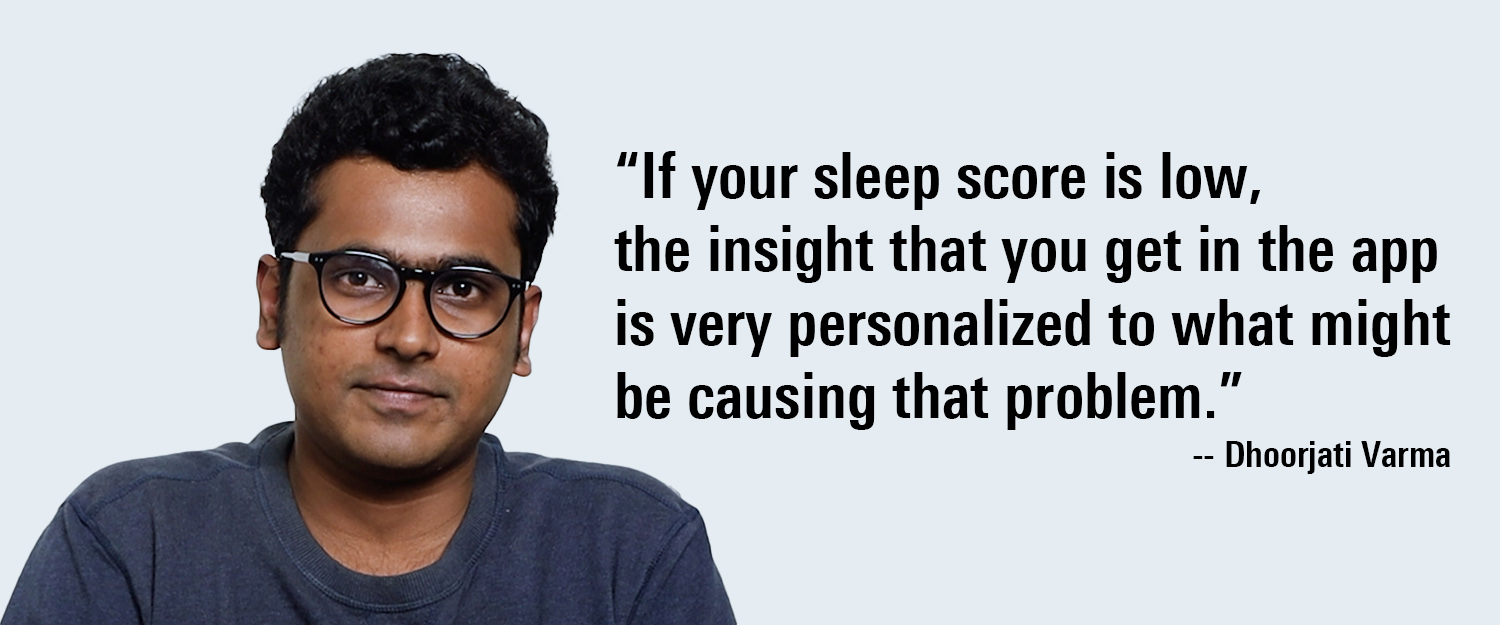
During the day, the ring tracks all activity, such as step counts, and will issue an alert if the user is stationary for too long. The ring also tracks maximal oxygen consumption, which is a measure of how much oxygen a person uses during an intense workout, and monitors heart-rate variability during relaxation or meditation exercises.
For e-payments, a simple wave of the hand engages any point-of-sale terminal without the need for a wallet or phone. Future upgrades could include interfaces that unlock a car or house.
Expanding the Feature Set
The Ring One is a marvel of integration. In addition to a temperature sensor, 3D accelerometer and a gyroscope, the company came upon the novel concept of designing in a single NFC antenna that enables both e-payments and device charging. The addition of a unique user interface complements a Bluetooth feature that allows ring data to be relayed to a smartphone.
“The ring has a very small form factor, so it took a lot of thought to design the user interface,” Prathyusha said. “We call it a ‘turn wheel’ interface, because you actually rotate the outer shell of your ring to activate different modes. For example, a user rotates the shell left to start a workout, and then turns it to the right to enable payment mode. The ring also comes with a charging case, which has a battery of its own that will last a month.”
Ring One is the first in the world to pioneer a new era, combining wireless charging and NFC payments using a single antenna, thus enabling it to make such a compact device. Its innovative turn wheel user interface adds further sophistication to the functionality. This groundbreaking technology is underscored by the filing of multiple patents, solidifying their position as true innovators in the field.
To perform both payments and charging using a single antenna, Muse Wearables turned to Panthronics, now a part of Renesas Electronics, which specializes in NFC wireless charging technology.
“Because of our footprint constraints, Renesas was the only solution that was able to provide NFC charging,” Prathyusha said. “The value-to-footprint ratio is very high.”
That includes a Renesas PTX130W NFC transmitter, which transmits power to the ring from the charging case and provides the industry's highest output power for faster NFC charging. In addition, a powerful and efficient PTX30W integrated NFC wireless charging listener system-on-chip enables wireless charging applications together with data communication. The RF performance of the PTX130W yields small antenna design and fast charging. A DA9070 low-quiescent-current power management IC (PMIC) and ISL9120 buck-boost switching regulators help to round out the bill of materials.
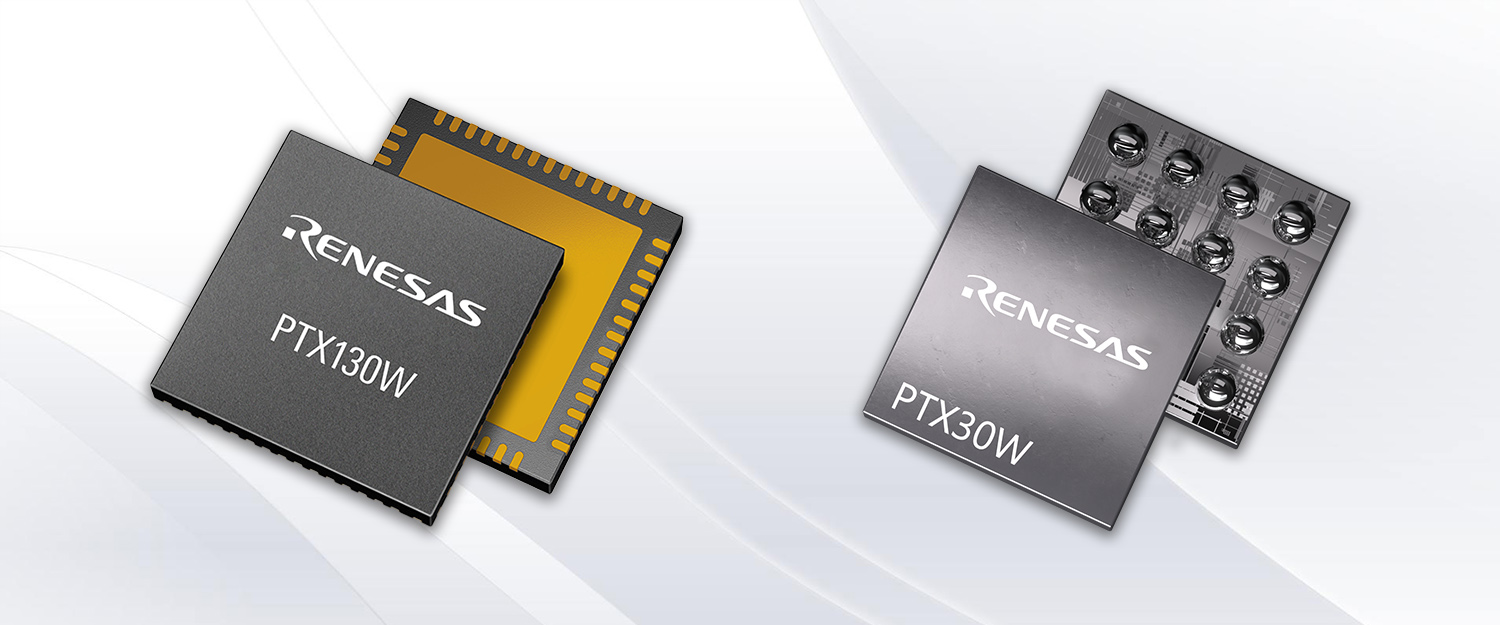
“From the beginning of our association, we connected with the Renesas team. They were very helpful with testing and evaluation, which was crucial for us to finalize the design,” Prathyusha said. “It was a great collaboration, and we’re excited to bring Ring One to market.”
Coming off a global launch at the end of September and with product shipments slated to begin in January, Muse is confident that the Ring One will change how people engage with their fitness trackers and incentivize them to expand their use of e-payment options.